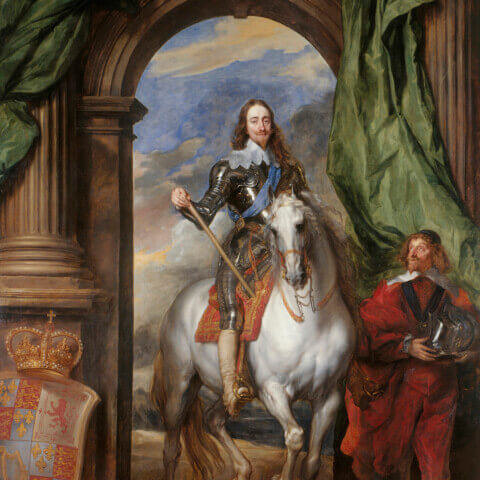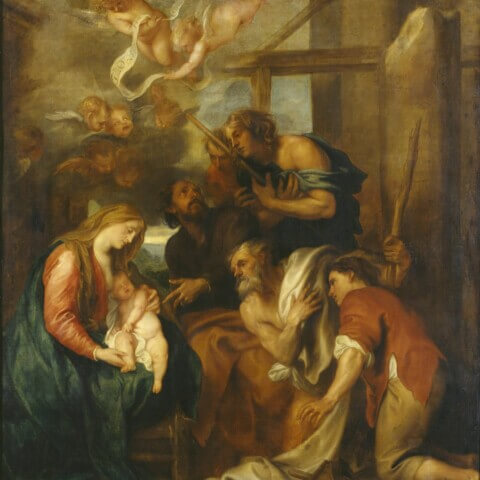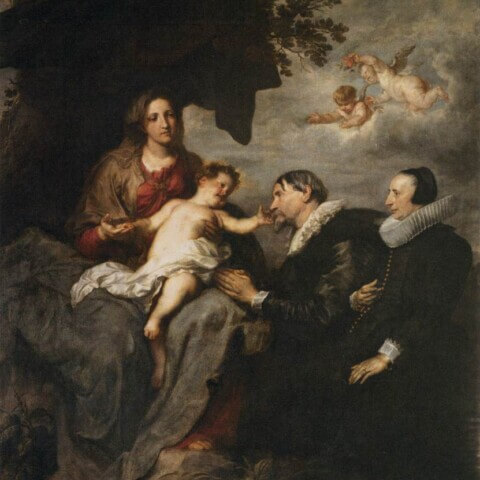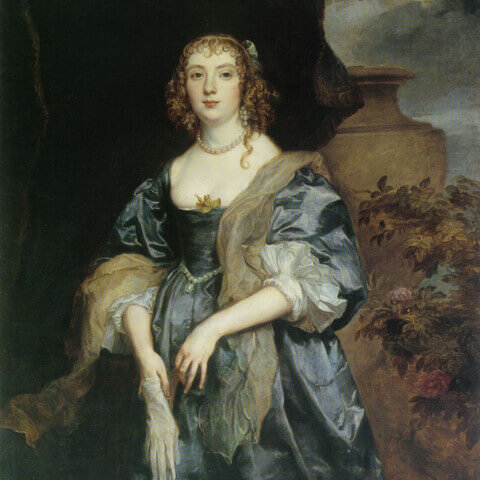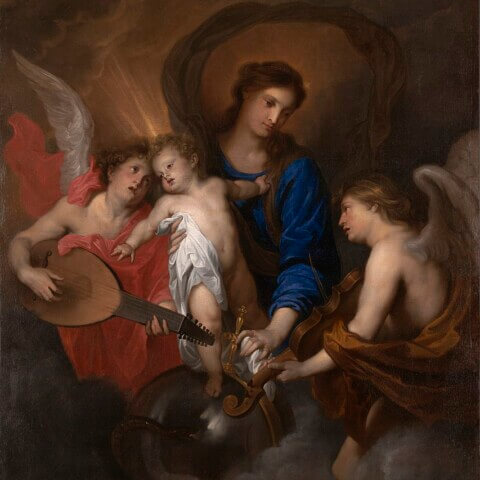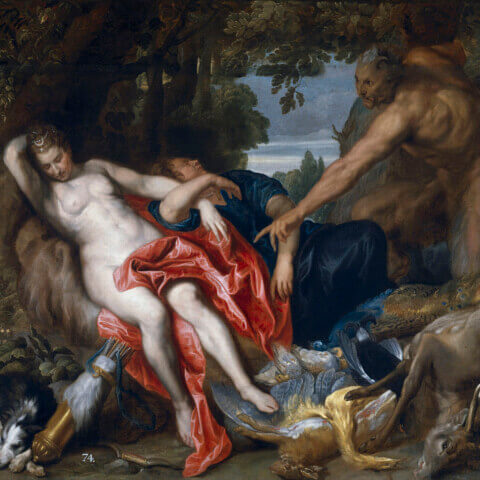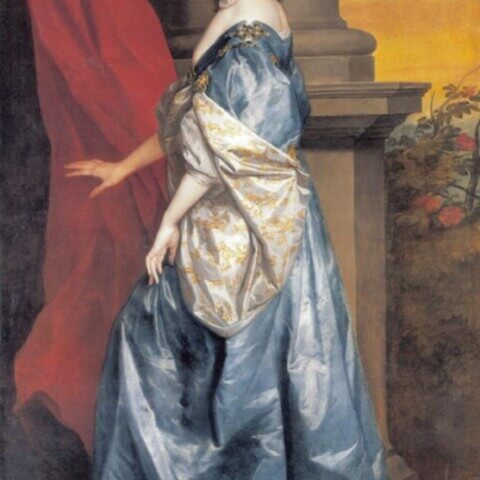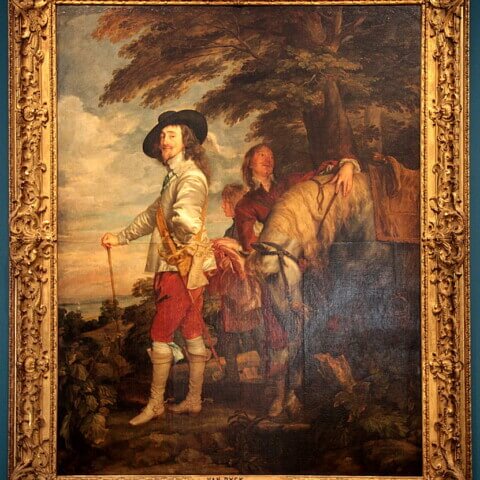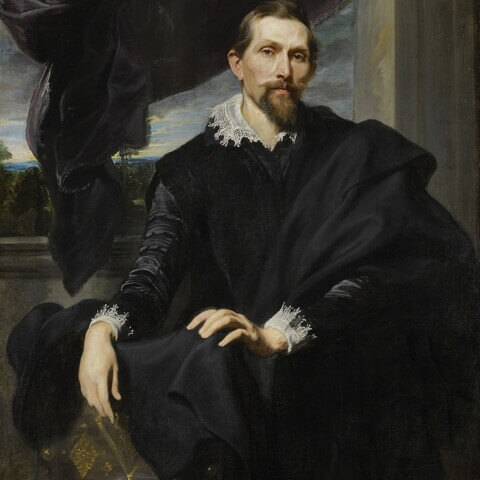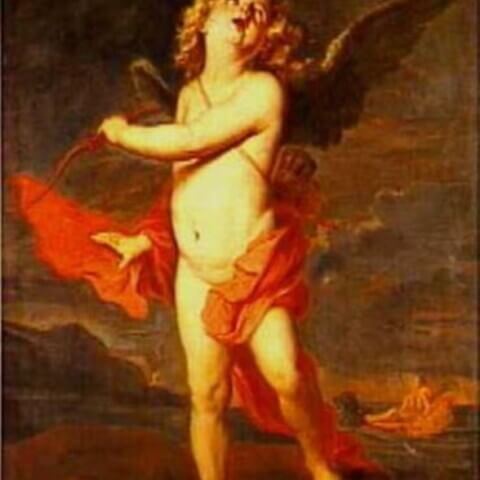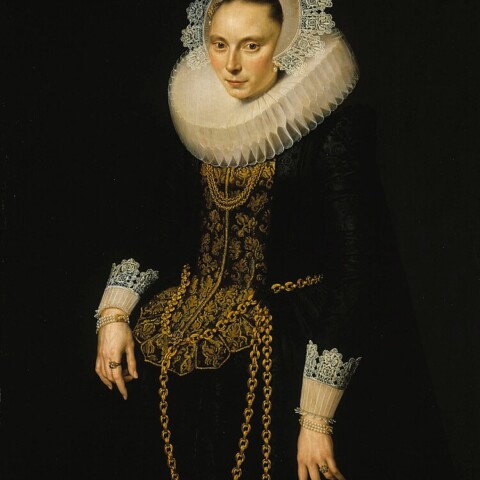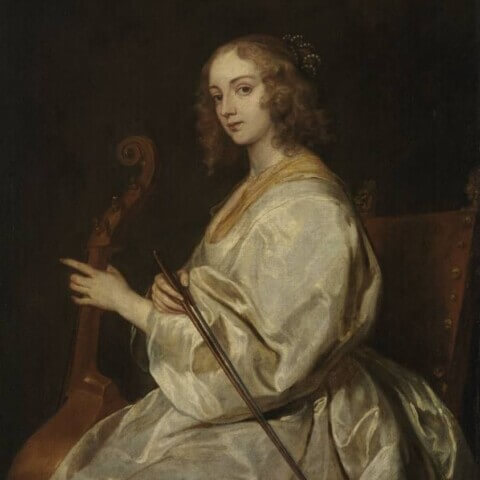Anthony Van Dyck
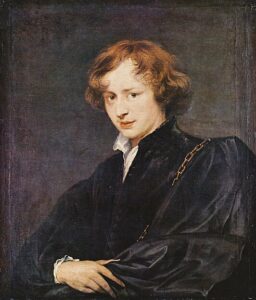
Anthony Van Dyck (1599-1641) was a prolific and innovative Flemish painter of the Baroque era known for his unique contribution to portraiture. His full-bodied and meticulously detailed work with royal subjects helped redefine the genre and set the stage for later masters. Born in Antwerp, Belgium, Van Dyck demonstrated artistic promise at an early age, becoming an apprentice to Hendrick van Balen at just ten years old.
In the early 1610s, he joined the workshop of Peter Paul Rubens, who would prove to be an influential mentor. Here, Van Dyck honed his technique, gaining exposure to Rubens’s rich use of color and dramatic, emotionally charged themes. His style, however, would come to differ noticeably from that of his master’s. Van Dyck’s portraits, while still grand and regal, were often more subdued and nuanced, capturing an intimate sense of his subjects’ personalities.
In 1620, Van Dyck moved to England, where his remarkable skill quickly caught the attention of King Charles I. The King appointed him as the Principal Painter in Ordinary to the King, and he would produce many portraits of the royal family and the court, thereby setting a new standard for British royal portraiture. His iconic painting of Charles I at the Hunt is renowned for its innovative portrayal of the king in a casual, rather than formal, setting.
Van Dyck’s works are characterized by his remarkable ability to capture the character and emotion of his subjects, a sensitivity to the play of light on skin and fabric, and his bold, sweeping brushwork. His portraits of aristocratic and royal subjects greatly influenced European court portraiture, setting a standard that was followed well into the 18th century.
Van Dyck also made significant contributions to religious and mythological art, and he was an accomplished etcher. His series, the “Iconography,” featured portraits of contemporary figures and had a lasting influence on the art of the portrait print.
His life was cut short by illness in 1641 when he was only 42, but his impact on the world of art has been enduring. Today, his works are showcased in numerous prestigious museums around the world, and he remains an influential figure in the history of Western painting.

